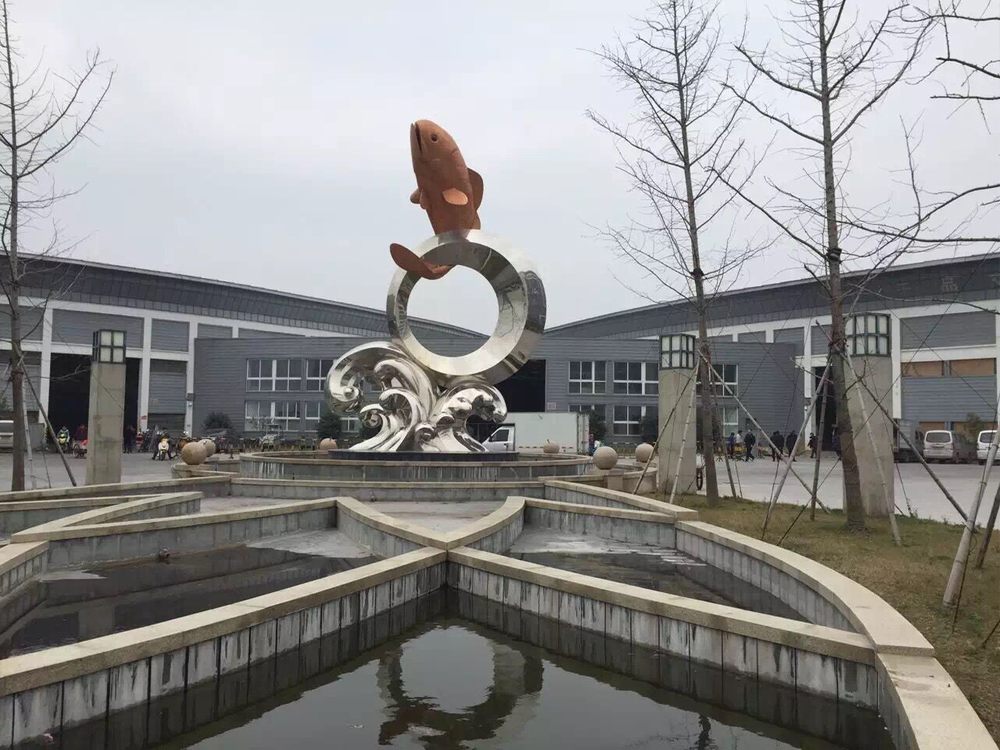
Bronze sculptures have been cherished for centuries, but their applications vary significantly between utilitarian and purely artistic purposes. The key differences lie in their design intent, functionality, and aesthetic priorities.
Utilitarian bronze sculptures prioritize practical use over decorative appeal. These pieces often serve functional roles, such as architectural elements, fountains, or commemorative plaques. Their designs emphasize durability, ergonomics, and contextual appropriateness. For instance, a bronze door handle must balance artistic expression with daily usability. Historically, utilitarian bronze works were commissioned for public spaces, religious institutions, or civic buildings where both artistry and function were required.
In contrast, purely artistic bronze sculptures exist primarily for aesthetic contemplation and creative expression. Artists working in this realm focus on form, symbolism, and emotional impact rather than practical application. These sculptures often push boundaries in technique and concept, serving as centerpieces in galleries, private collections, or outdoor installations where visual impact takes precedence. The creative process emphasizes personal vision over mass appeal or functionality.
Material usage also differs between the two approaches. While both employ bronze for its durability and casting properties, utilitarian pieces may incorporate alloys for enhanced strength or weather resistance. Artistic bronzes frequently employ patinas and surface treatments to achieve specific visual effects that may compromise longevity for aesthetic goals.
Ultimately, the distinction comes down to purpose: utilitarian bronzes solve physical problems while artistic bronzes provoke thought and emotion. Both traditions continue evolving, with contemporary artists increasingly blurring these boundaries through conceptual works that challenge traditional classifications.

